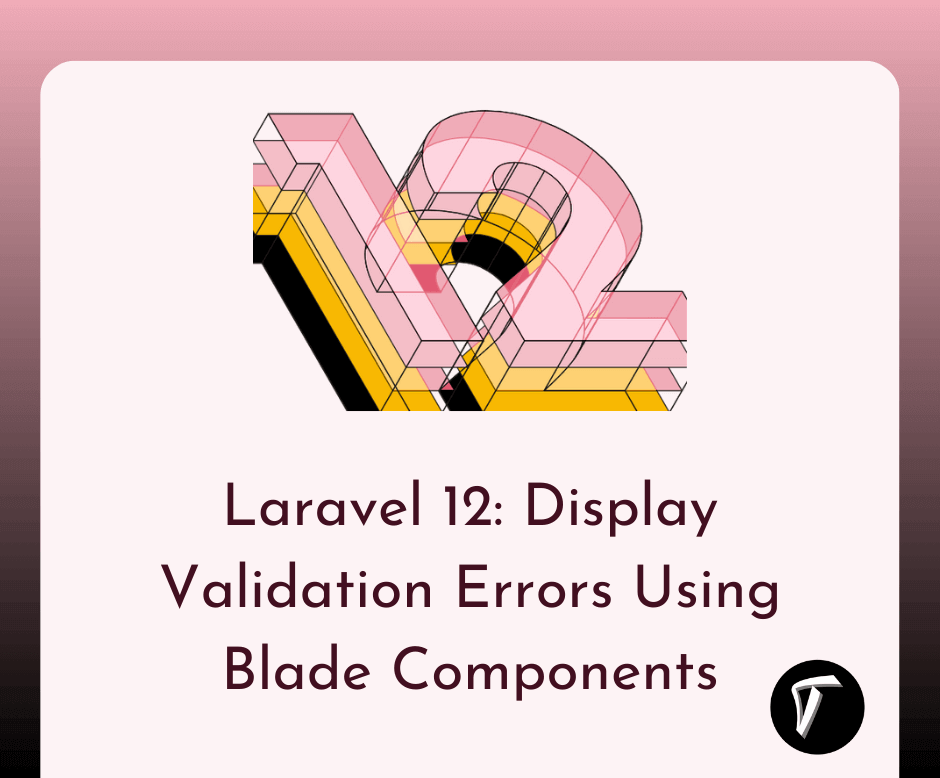How to Upload Image using AJAX in Laravel 11
In this guide, we'll see how to upload images using AJAX in laravel 11. Here, we'll learn about the process of uploading images using AJAX in Laravel 11. Also, you can upload images without refreshing the page.
In this example, I'll guide you through creating an "images" table with a "name" column. We'll also make a form with a file input. When you submit it, we'll use a jQuery AJAX request to send the image, storing it in both a folder and the database.
Laravel 11 Image Upload using AJAX

In the first step, we'll install laravel using the following composer command.
composer create-project laravel/laravel laravel-11-example
Then, we'll create a migration for the Images table. So, run the following command.
php artisan make:migration create_images_table
Migration:
<?php
use Illuminate\Database\Migrations\Migration;
use Illuminate\Database\Schema\Blueprint;
use Illuminate\Support\Facades\Schema;
return new class extends Migration
{
/**
* Run the migrations.
*
* @return void
*/
public function up(): void
{
Schema::create('images', function (Blueprint $table) {
$table->id();
$table->string('name');
$table->timestamps();
});
}
/**
* Reverse the migrations.
*
* @return void
*/
public function down(): void
{
Schema::dropIfExists('images');
}
};
Next, run the following command to migrate the migration to the database.
php artisan migrate
Then, we'll create an Image model using the following command.
php artisan make:model Image
app/Models/Image.php
<?php
namespace App\Models;
use Illuminate\Database\Eloquent\Factories\HasFactory;
use Illuminate\Database\Eloquent\Model;
class Image extends Model
{
use HasFactory;
protected $fillable = [
'name'
];
}
We'll create an ImageController and define the index() and store() functions.
php artisan make:controller ImageController
app/Http/Controllers/ImageController.php
<?php
namespace App\Http\Controllers;
use Illuminate\Http\Request;
use App\Models\Image;
use Illuminate\View\View;
use Illuminate\Http\JsonResponse;
class ImageController extends Controller
{
/**
* Display a listing of the resource.
*
* @return \Illuminate\Http\Response
*/
public function index(): View
{
return view('image-upload');
}
/**
* Display a listing of the resource.
*
* @return \Illuminate\Http\Response
*/
public function store(Request $request): JsonResponse
{
$request->validate([
'image' => 'required|image|mimes:jpeg,png,jpg|max:4096'
]);
$image_name = time().'.'.$request->image->extension();
$request->image->move(public_path('images'), $image_name);
Image::create(['name' => $image_name]);
return response()->json(['success' => 'Images uploaded successfully!']);
}
}
Store Images in Public Folder
$image->move(public_path('images'), $image_name);
Store Images in Storage Folder
$image->storeAs('images', $image_name);
Next, we'll define routes in the web.php file. Add the following routes to that file:
routes/web.php
<?php
use Illuminate\Support\Facades\Route;
use App\Http\Controllers\ImageController;
Route::get('image-upload', [ImageController::class, 'index']);
Route::post('image-upload', [ImageController::class, 'store'])->name('image.store');
Then, we'll create an image-upload.blade.php file and add a form with the input file. Also, we'll define the AJAX call for image upload.
resources/views/image-upload.blade.php
<!DOCTYPE html>
<html>
<head>
<title>How to Upload Image using AJAX in Laravel 11 - Techsolutionstuff</title>
<link href="https://cdn.jsdelivr.net/npm/[email protected]/dist/css/bootstrap.min.css" rel="stylesheet" crossorigin="anonymous">
<link rel="stylesheet" href="https://cdnjs.cloudflare.com/ajax/libs/font-awesome/6.5.1/css/all.min.css" />
<script src="https://cdnjs.cloudflare.com/ajax/libs/jquery/3.6.0/jquery.min.js"></script>
</head>
<body>
<div class="container">
<div class="card mt-5">
<h3 class="card-header p-3"><i class="fa fa-star"></i> How to Upload Image using AJAX in Laravel 11 - Techsolutionstuff</h3>
<div class="card-body">
<img id="preview-image" width="300px">
<form action="{{ route('image.store') }}" method="POST" enctype="multipart/form-data" class="mt-2" id="image-upload">
@csrf
<div class="alert alert-danger print-error-msg" style="display:none">
<ul></ul>
</div>
<div class="mb-3">
<label class="form-label" for="input-image">Select Image:</label>
<input type="file" name="image" id="input-image" multiple class="form-control @error('images') is-invalid @enderror">
@error('images')
<span class="text-danger">{{ $message }}</span>
@enderror
</div>
<div class="mb-3">
<button type="submit" class="btn btn-success"><i class="fa fa-save"></i> Upload</button>
</div>
</form>
</div>
</div>
</div>
</body>
<script type="text/javascript">
$('#input-image').change(function(){
let reader = new FileReader();
reader.onload = (e) => {
$('#preview-image').attr('src', e.target.result);
}
reader.readAsDataURL(this.files[0]);
});
$('#image-upload').submit(function(e) {
e.preventDefault();
let formData = new FormData(this);
$('#image-input-error').text('');
$.ajax({
type:'POST',
url: "{{ route('image.store') }}",
data: formData,
contentType: false,
processData: false,
success: (response) => {
this.reset();
console.log('Image has been uploaded successfully');
},
error: function(response){
$('#image-upload').find(".print-error-msg").find("ul").html('');
$('#image-upload').find(".print-error-msg").css('display','block');
$.each( response.responseJSON.errors, function( key, value ) {
$('#image-upload').find(".print-error-msg").find("ul").append('<li>'+value+'</li>');
});
}
});
});
</script>
</html>
In the last step, execute the following command to start the Laravel development server.
php artisan serve
You might also like:
- Read Also: How to Create AJAX CRUD Operation in Laravel 11
- Read Also: Laravel 10 AJAX File Upload With Progress Bar
- Read Also: How to Create CRUD Operation in Laravel 11
- Read Also: How To Add AJAX Loader In jQuery








